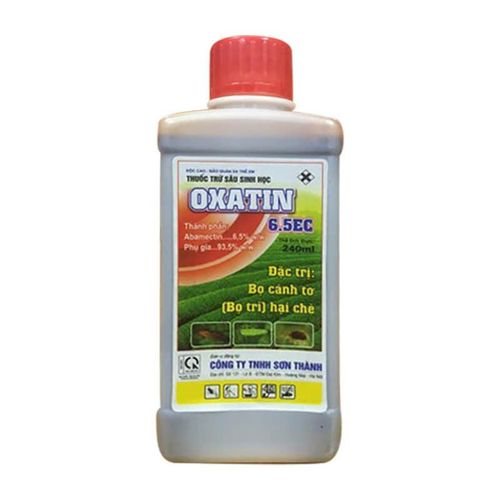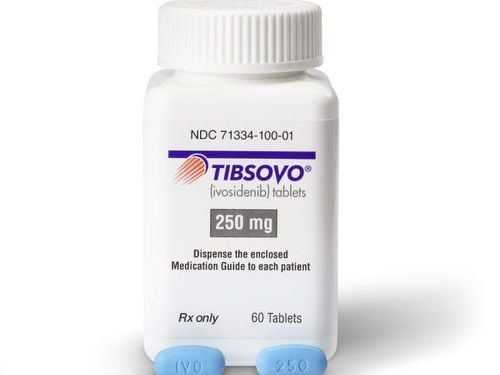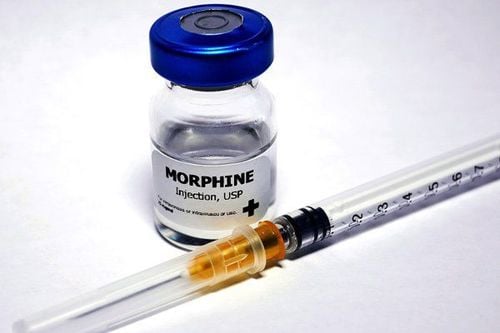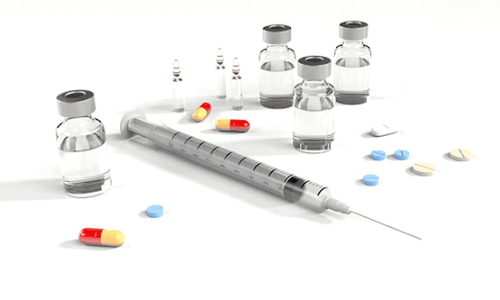This is an automatically translated article.
The article is expertly consulted by Dr. Nong Ngoc Son - Doctor of Chemotherapy and Palliative Treatment - Oncology Center - Vinmec Central Park International General Hospital.More than 100 cancer chemotherapy drugs are being used to treat cancer. Basically drugs differ in their chemical composition, usage, effects and side effects in each specific type of cancer.
Chemotherapy drugs work by stopping cancer cells from dividing and growing. Different drugs affect cancer cells in different ways.
1. Chemotherapy interferes with the cell cycle

Thuốc hóa trị nhắm vào các tế bào ở các giai đoạn khác nhau của quá trình hình thành các tế bào mới
Cancer cells tend to form new cells faster than normal cells. Chemotherapy drugs cannot distinguish healthy cells from cancer cells, which means normal cells are damaged along with cancer cells, leading to side effects. With each chemotherapy session, a doctor must try to strike a balance between killing cancer cells (to cure or control the disease) and limiting the effect on normal cells (to reduce side effects).
2. Chemotherapy drugs
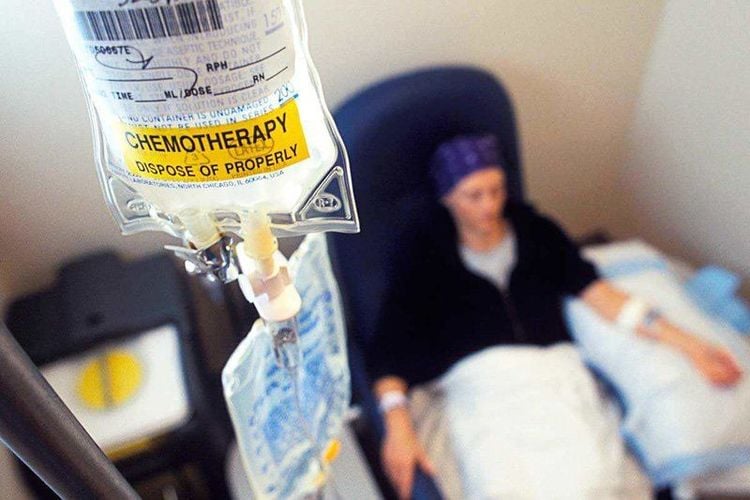
Một số loại thuốc hóa trị hoạt động theo nhiều cách và có thể thuộc về nhiều nhóm.
Some drugs work in more than one way and can belong to more than one group. Knowing how drugs work is very important in predicting the side effects of chemotherapy in patients, so that doctors can decide which drugs work well together. order and frequency of use.
2.1 Alkylation agents
Alkylation agents control the cell's reproduction by damaging its DNA. These drugs work in all phases of the cell cycle and are used to treat many different types of cancer, including lung, breast, and ovarian cancers; leukemia, lymphoma, Hodgkin's disease, multiple myeloma, and sarcoma.
Because this class of drugs damages DNA affecting the cells of the bone marrow to make new blood cells, this can lead to leukemia. The risk of leukemia from drugs that cause alkylation is dose-dependent.
The time when the risk of leukemia is highest after taking a class of drugs that cause alkylation is about 5 to 10 years after treatment.
2.2 Antimetabolites
Metabolic inhibitors interfere with DNA and RNA growth, damaging cells during the period when chromosomes are being copied. This class of drugs is commonly used to treat leukemia, breast, ovarian, and intestinal cancers, as well as other types of cancer. Examples of metabolic inhibitors include:
5-fluorouracil (5-FU) 6-mercillinurine (6-MP) Capecitabine (Xeloda®) Cytarabine (Ara-C®) Floxuridine Fludarabine Gemcitabine (Gemzar®) Hydroxyurea Methotrexate Pemetrexed (Alimta®) 2.3 Anti-tumor antibiotics
These drugs are unlike antibiotics used to treat infections, they work by changing the DNA inside cancer cells to stop the growth of cancer cells. develop and multiply.
Anthracyclines: Anthracyclines are anti-tumor antibiotics by interfering with enzymes involved in DNA replication in the cell cycle and are widely used for many types of cancer. Examples of anthracyclines include:
Daunorubicin Doxorubicin (Adriamycin®) Epirubicin Idarubicin However, the main problem with this class of drugs is possible heart damage if taken in high doses. It is for this reason that this class of drugs will be subject to a lifetime dose limit.
Non-anthracycline anti-tumor antibiotics include:
Actinomycin-D Bleomycin Mitomycin-C Mitoxantrone 2.4 Topoisomerase inhibitors
These drugs interfere with enzymes called enzyme inhibitors, This enzyme plays a role in the correct replication of DNA. Topoisomerase inhibitors are used to treat certain leukemias, as well as lung, ovarian, gastrointestinal, and other cancers.
Topoisomerase inhibitors are grouped by the type of enzyme they affect:
Topoisomerase I inhibitors include: Topotecan Irinotecan (CPT-11). Topoisomerase II inhibitors include: Etoposide (VP-16) Teniposide Mitoxantrone Topoisomerase II inhibitors may increase the risk of secondary cancers such as acute myeloid leukemia (AML) when used 2 to 3 years..
2.5 mitotic inhibitors
mitotic inhibitors are compounds derived from natural products, such as plants. They work by stopping cells from dividing to form new cells but can damage cells in all stages by keeping enzymes needed for cell regeneration.
Examples of mitotic inhibitors include:
Docetaxel Estramustine Ixabepilone Paclitaxel Vinblastine Vincristine Vinorelbine This class of drugs is used to treat many different types of cancer including breast, lung, myeloma, tumor lymphomas and leukemias. These drugs can cause nerve damage, which may limit their dosage.
2.6 Corticosteroids
Anti-inflammatory corticosteroids are synthetic drugs with properties and chemical structure similar to cortisol which is a glucocorticoid hormone secreted by the adrenal cortex. This class of drugs is useful in treating many types of cancer and other diseases. When these drugs are used as part of cancer treatment, they are considered chemotherapy drugs. Examples of corticosteroids include:
Prednisone Methylprednisolone (Solumedrol®) Dexamethasone (Decadron®) Steroids are also commonly used to help prevent nausea and vomiting caused by chemotherapy. Also this class of drugs is used before chemotherapy to help prevent allergic reactions.
At the Internal Oncology Department of Vinmec Times City Hospital, doctors always adhere to the recommended dose. To do this, it is necessary to evaluate the patient and a comprehensive, meticulous care regimen. Anticipate possible chemotherapy side effects and devise measures to prevent and reduce side effects as much as possible. This will help the patient complete the course of treatment with the best results.
Doctor Nong Ngoc Son has many years of experience directly treating cancer patients, especially in the field of chemotherapy, metastatic late-stage cancers, and end-of-life patients.
To register for examination and treatment at Vinmec International General Hospital, customers can call Hotlines of hospitals or register online HERE.
Articles refer to the source: macmillan.org.uk, ncbi.nlm.nih.gov, cancer.org
MORE:
Is it possible to have cancer chemotherapy without being "on" drugs? Basic understanding of chemotherapy in cancer treatment Overcoming the obsession with chemotherapy and radiation






